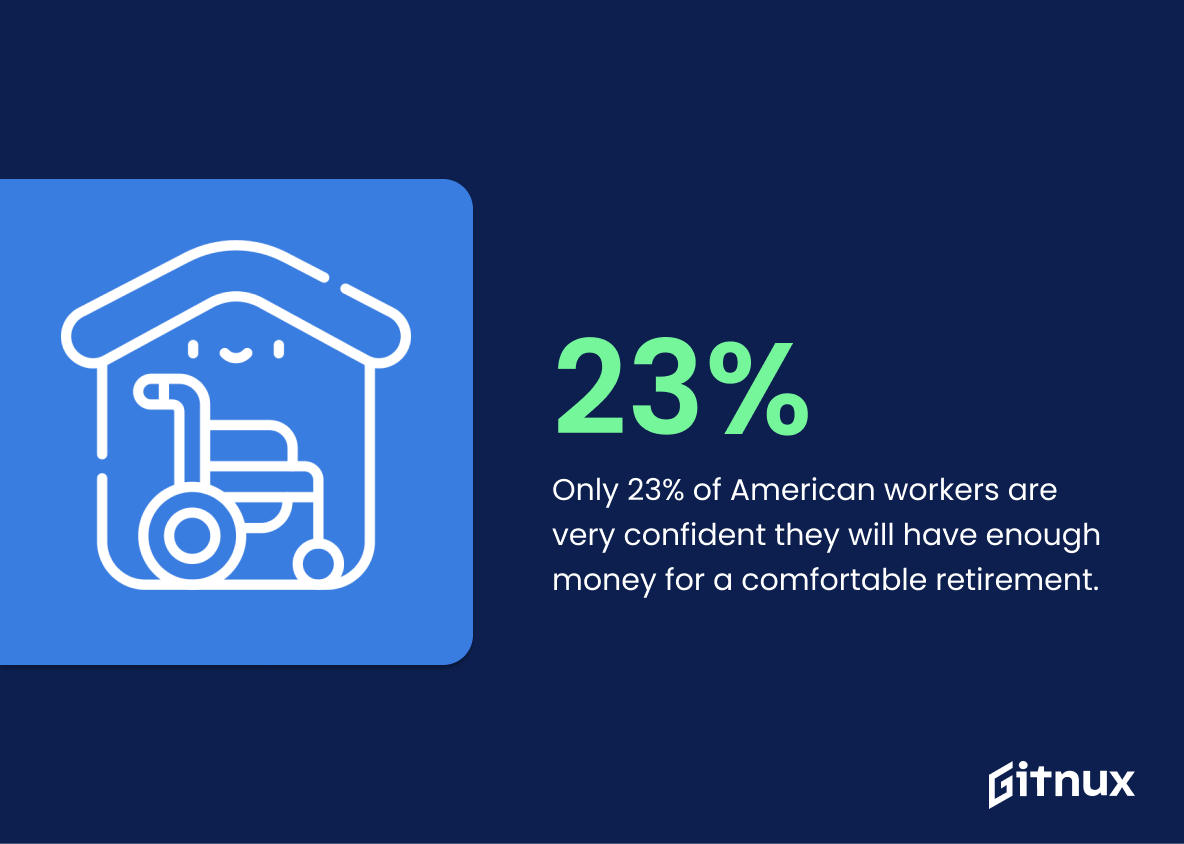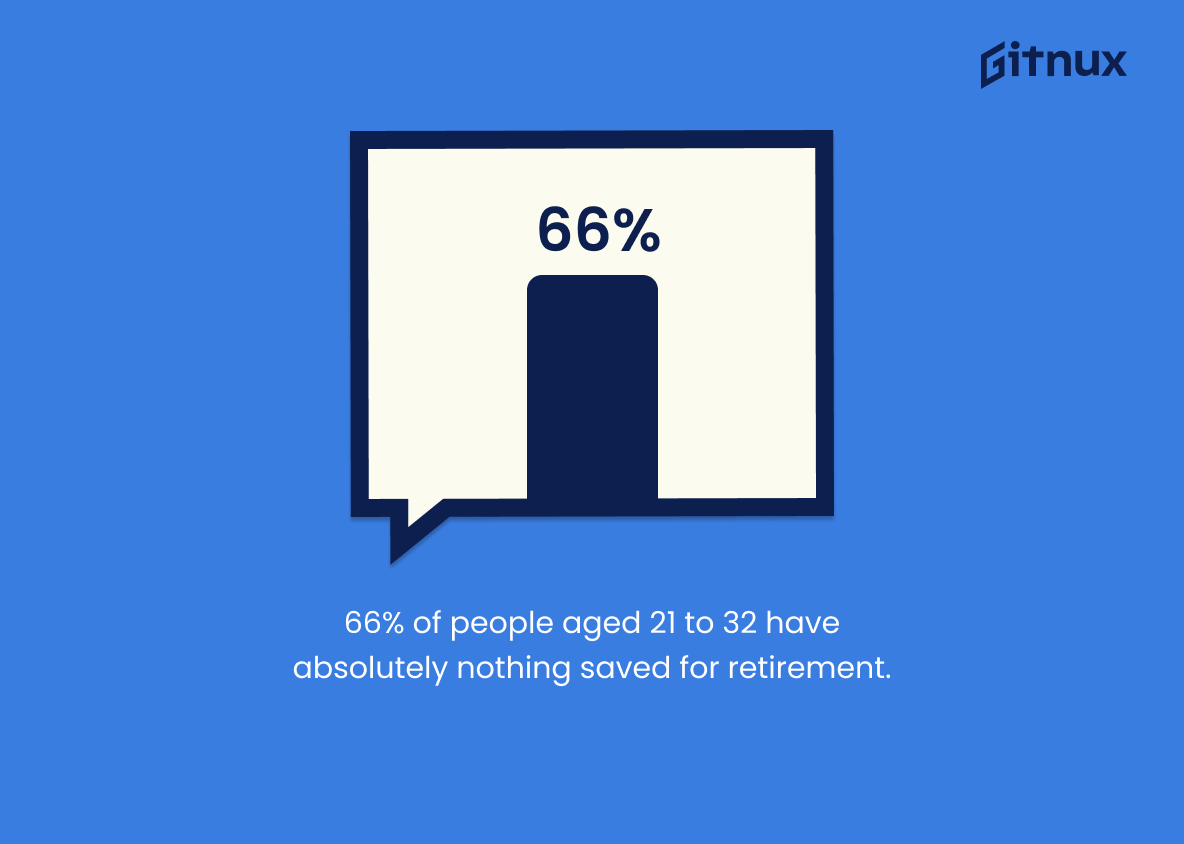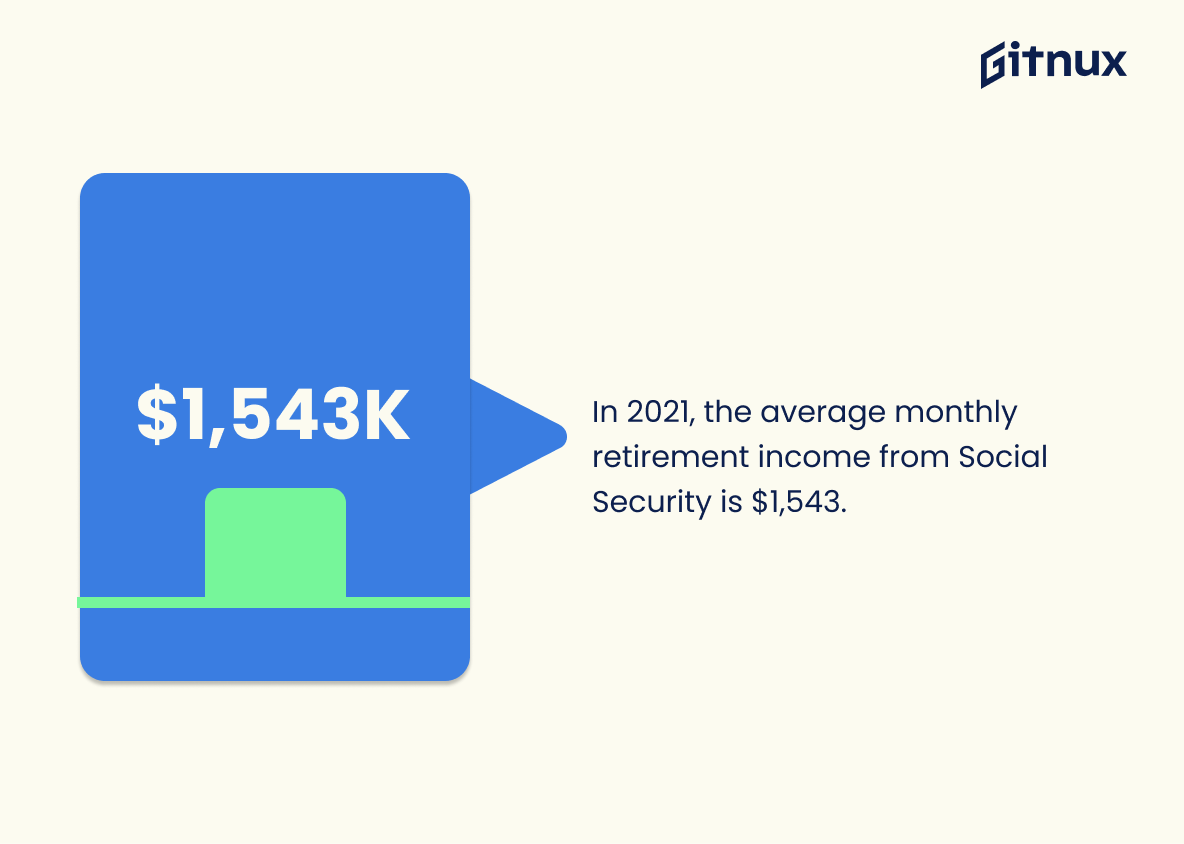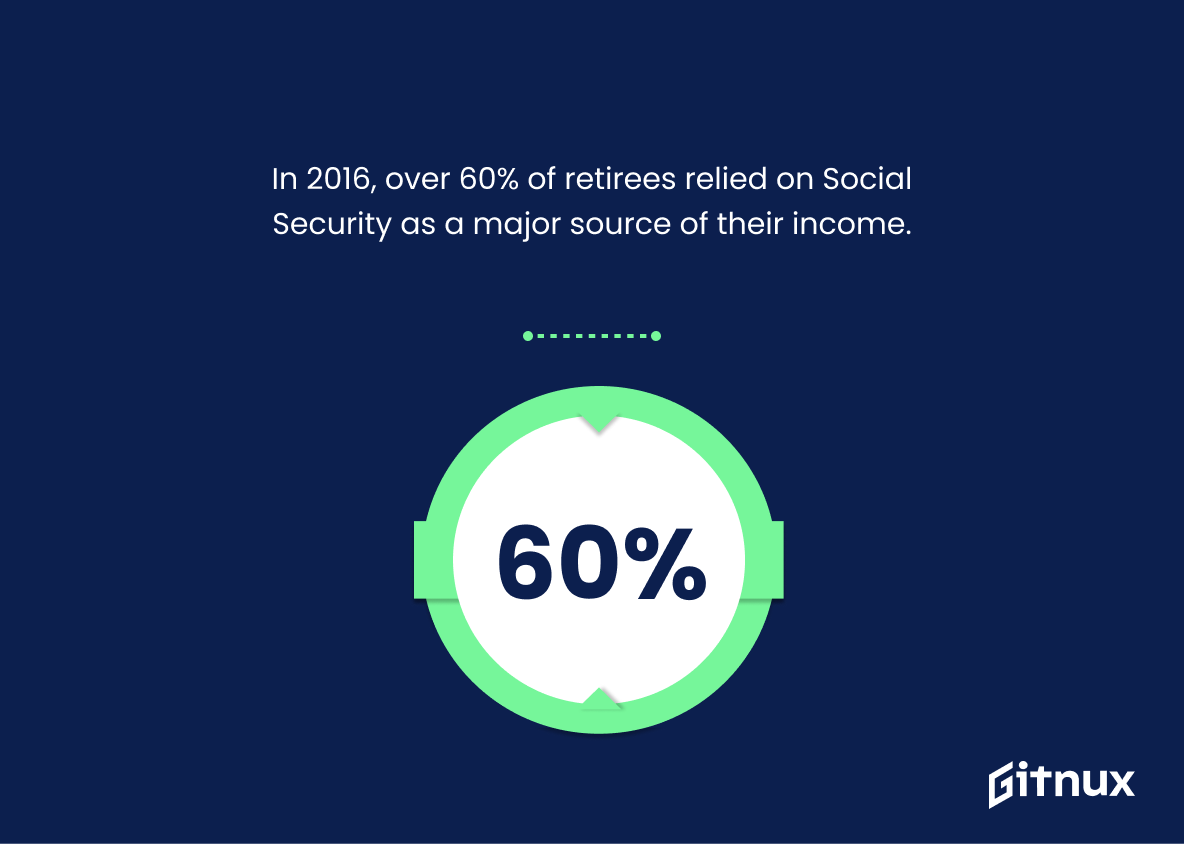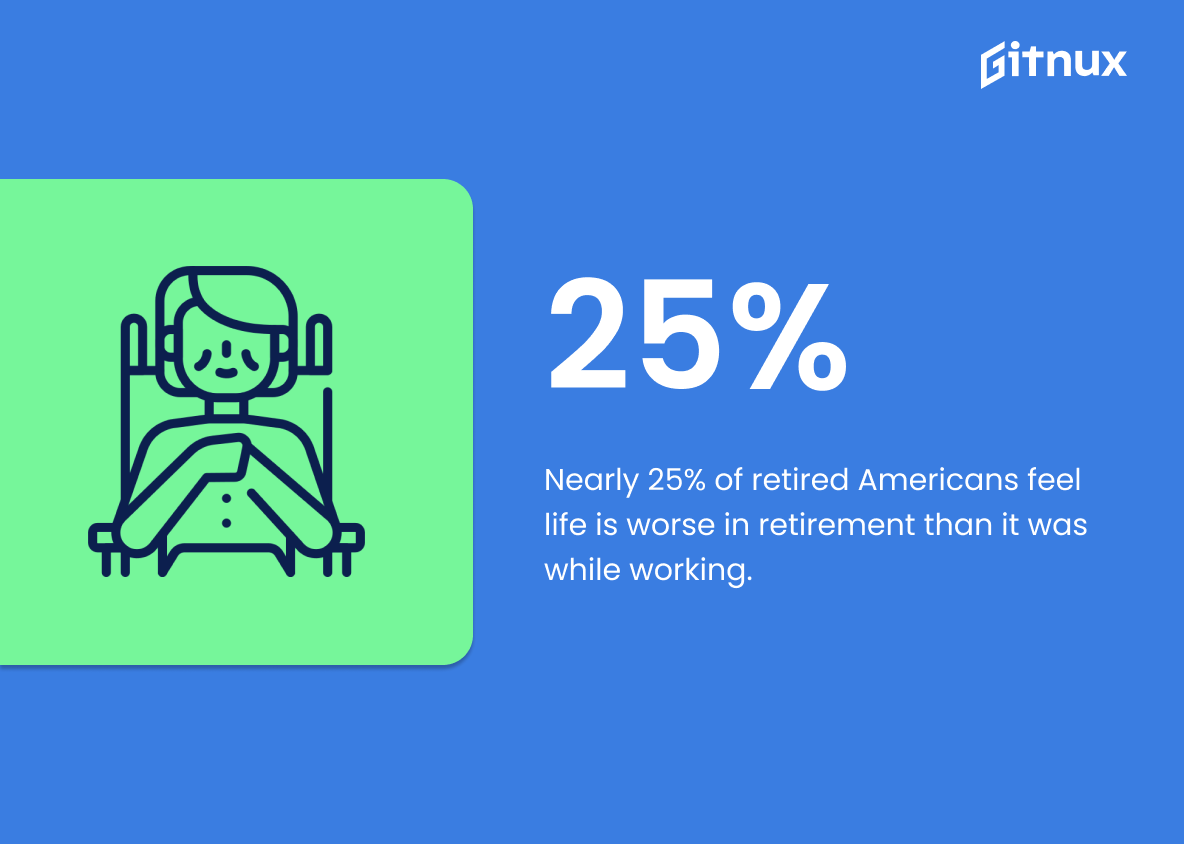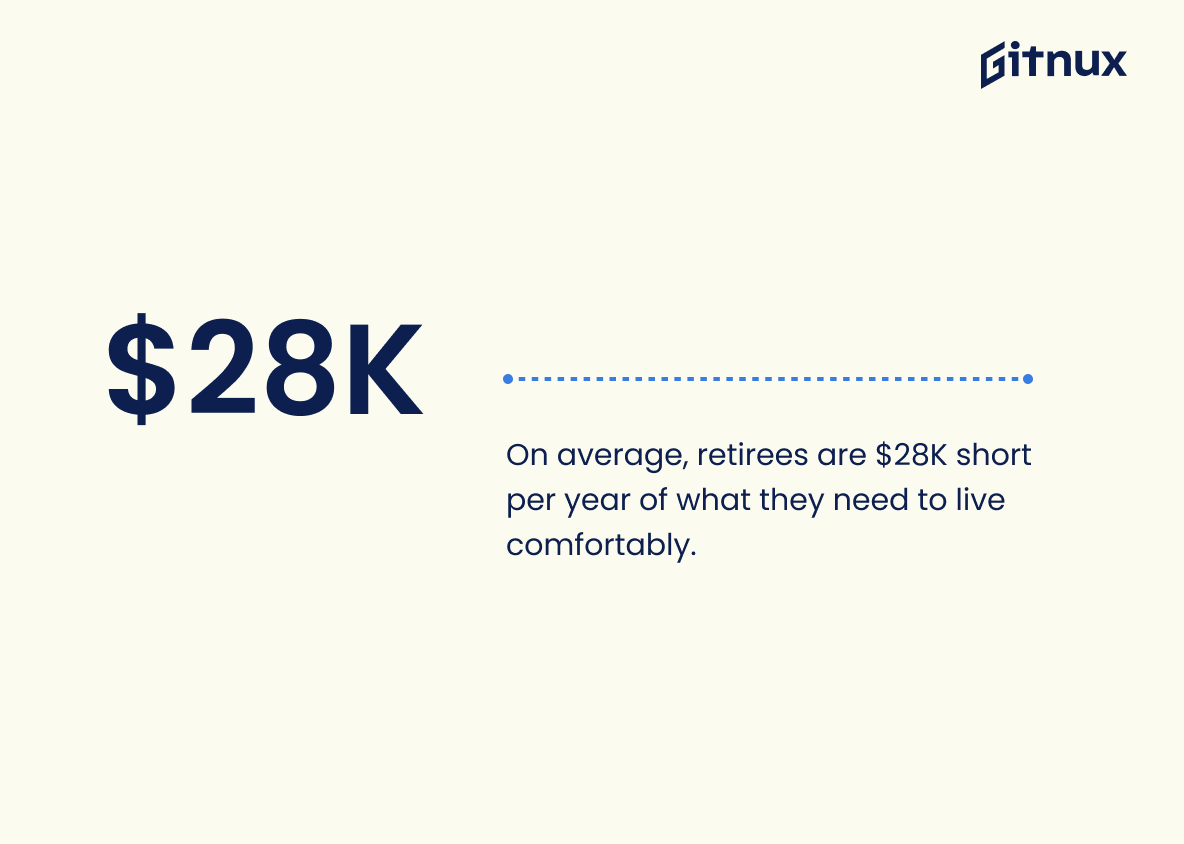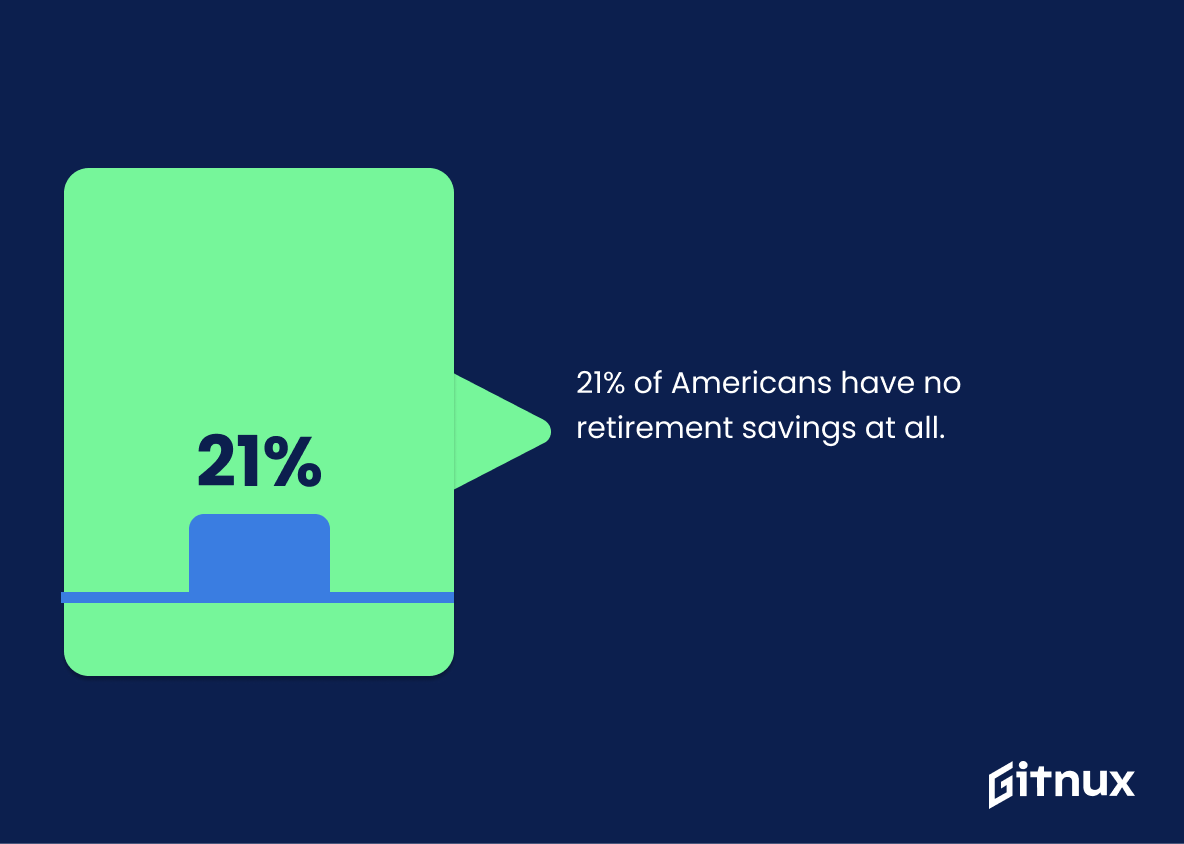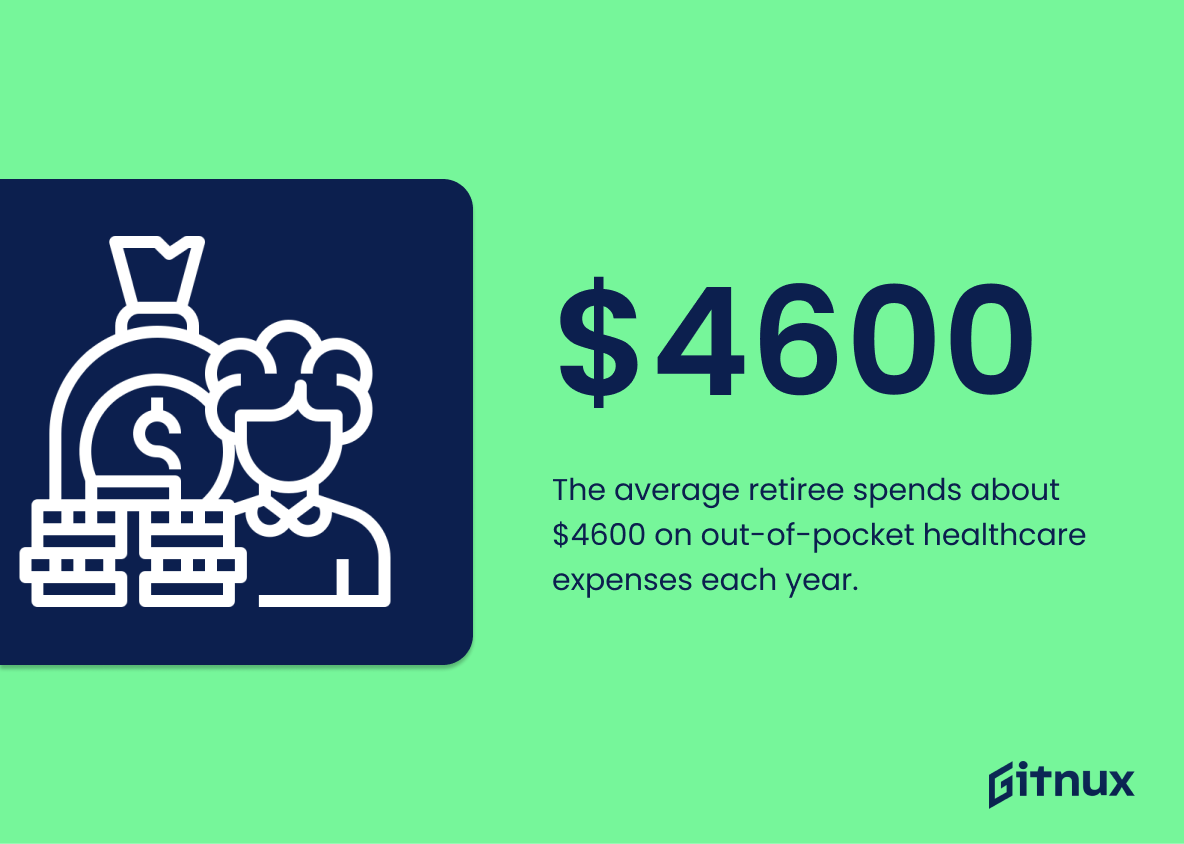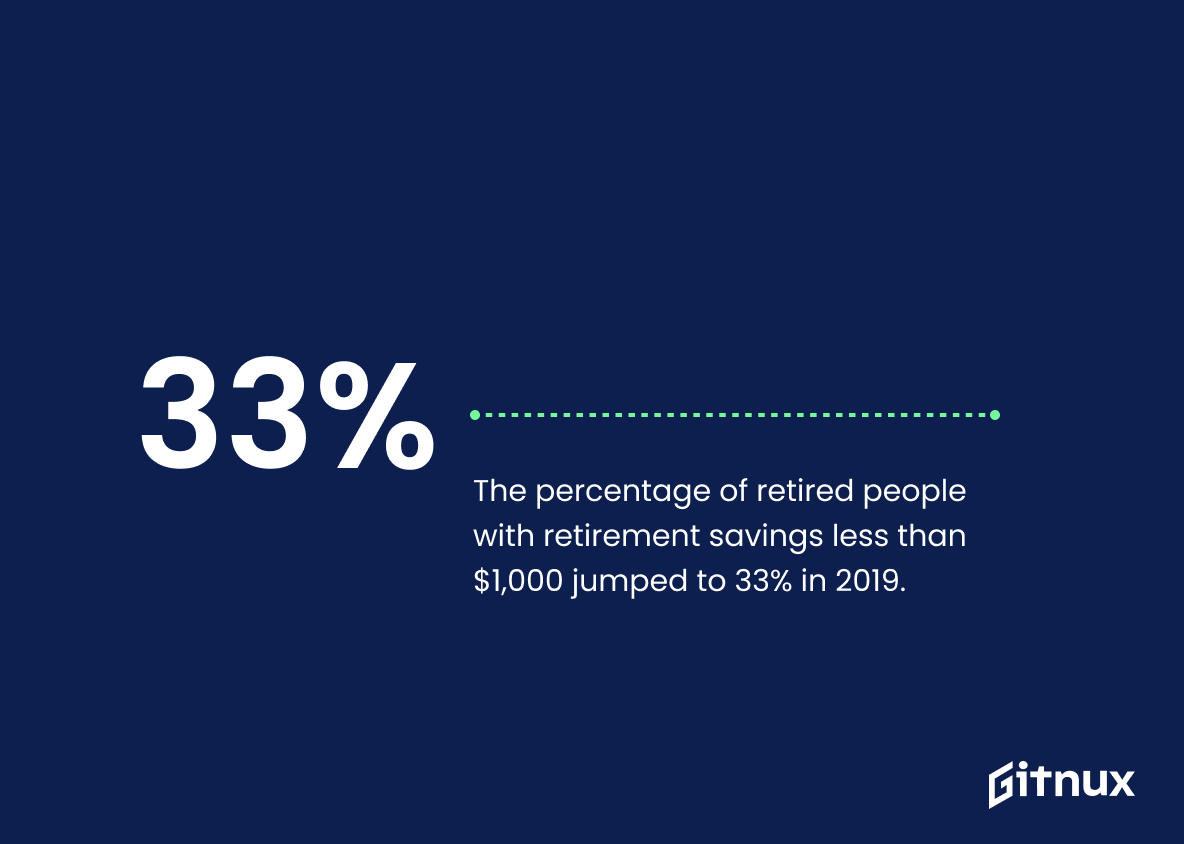As we sail through our working years, the prospect of retirement often brings a mixed bag of emotions – the allure of infinite leisure time is enticing, yet, the question of financial stability might introduce a cloud of apprehension. Financial prowess in retirement is not solely driven by how much you’ve saved, as there is an art to managing retirement income effectively. In this blog post, we’re about to dive into the crucial world of retirement income statistics, illuminating a clearer picture of post-working life finances that enable you to refine your retirement strategy. Armed with the right statistical data, you can ensure you’re set sail for a retirement that is as rewarding as it should be.
The Latest Retirement Income Statistics Unveiled
Only 23% of American workers are very confident they will have enough money for a comfortable retirement.
In the throes of the bustling world of retirement income statistics, one disclosure stands out like a lighthouse in the dark—only 23% of American workers are very confident they will have adequate funds for a comfortable sunset life. Imagine the vast 77% grappling with uncertainty, their dreams of carefree golden years shrouded in doubt. This not only underscores the urgency for better retirement planning and financial literacy campaigns, but it also paints a stark picture of the financial fears millions of workers nervously tuck in the back of their minds. Pondering over this statistic in a blog post about Retirement Income Statistics therefore, is akin to illuminating an overlooked dragon in the room—the dismal confidence in retirement savings—which if tackled correctly, has the potential to bring a significant positive shift in how we perceive and prepare for retirement.
66% of people aged 21 to 32 have absolutely nothing saved for retirement.
Taking a deep dive into the ocean of retirement income statistics, the fact that an astonishing 66% of individuals aged between 21 to 32 have not a penny tucked away for their golden years stands as a stark beacon of concern. It paints a grim vista of the future, suggesting a generation teetering on the brink of financial crisis post-retirement. This throws a captivating light on the greater narrative of insufficient personal savings, illuminating the crucial need for initiatives and improved financial literacy to avert this looming threat. Thus, this detail can’t be brushed over in any discourse around retirement income statistics, as it breathes life into studies, bringing the impact of our savings habits into sharp relief.
The average retirement income in 2019 was $48,000 in the U.S.
Highlighting the figure of $48,000 as the average retirement income in the U.S. in 2019 provides an insightful baseline for understanding the financial climate for seniors. In a landscape where the cost of living is constantly fluctuating, and with the looming uncertainties of healthcare costs and long-term care, this figure helps to paint a clearer picture of what’s at stake for retirees. It acts as a powerful reference, offering a comparative lens to discern potential trends, disparities, and movements in retirement income levels over the years. Moreover, it gives future retirees a benchmark to gauge the adequacy of their own savings and retirement plans. Thus, this statistic is a crucial cog in the larger mechanism of retirement income analysis.
In 2021, the average monthly retirement income from Social Security is $1,543.
Diving into the significance of our ‘average monthly retirement income from Social Security is $1,543’ in 2021, provides a critical reference point in our discussion about Retirement Income Statistics. It allows readers to gauge the financial landscape they might anticipate in their retirement years. This figure is pivotal since it illuminates the reliance on Social Security as a primary income source after bidding goodbye to the workforce. Additionally, it underlines the importance of socio-economic policies impacting these funds and encourages one to explore supplemental income options to ensure a comfortable post-retirement life.
In 2016, over 60% of retirees relied on Social Security as a major source of their income.
The statistic – ‘In 2016, over 60% of retirees relied on Social Security as a major source of their income’ provides a compelling insight into the crucial role played by Social Security in the financial landscape of retired individuals. It underscores the balancing act many retirees face between personal savings and government assistance when funding their golden years. This data point further acts as an eye-opener, shedding light on the extent to which a significant percentage of the elderly population depends on Social Security. It offers a stern reminder to those approaching retirement about the fundamental importance of structuring a well-rounded, multi-faceted plan for retirement income while reinforcing the necessity for policy enhancements directed towards bolstering Social Security programs.
Nearly 25% of retired Americans feel life is worse in retirement than it was while working.
Highlighting the sentiment that around a quarter of retired Americans perceive their life quality to have declined post-retirement serves as a powerful opener in a discussion about Retirement Income Statistics. This statistic acts as a lens revealing the myriad financial challenges faced by retirees, drawing attention to conspicuous issues like income sufficiency, cost of healthcare, pension-related concerns, and other economic variables. An examination of these critical aspects within the blog post can sensitize readers to the complexity and consequently underscore the need for elaborate retirement planning strategies. This statistic therefore, not only anchors the narrative but also enhances its relevance and relatability.
Only 48% of American workers participate in a workplace retirement plan.
Highlighting the statistic that ‘Only 48% of American workers participate in a workplace retirement plan’ in a blog about Retirement Income Statistics casts a pivotal spotlight on the harsh reality many American workers could face during their golden years. It presents an alarming snapshot of the retirement readiness of the American workforce. It underscores the necessity to revolutionize our approach towards retirement planning, by underpinning the stark reality that more than half of the American workforce are potentially sans a structured plan. Moreover, this figure provokes questions on financial security post-retirement and amplifies the urgency for increased financial literacy, strategic planning and proactive policies to encourage wider participation in retirement schemes. This percentage could very well reflect the quality of life in retirement for a sizable portion of the populace.
On average, retirees are $28K short per year of what they need to live comfortably.
Delving into the heart of retirement income statistics, one shocking revelation leaps off the page – retirees are grappling with an annual financial shortfall of $28K on average to maintain a comfortable lifestyle. A thread weaving its way into the tapestry of retirement narratives, this figure underscores the looming financial struggle many retirees are destined to face. It paints a picture not just of individual trials but also the wider implications on economy, social welfare systems, and familial relationships. From a policy standpoint, it cries out for immediate attention and highlights the importance of financial literacy and planning from an early age. Ultimately, it underpins a shift in conversation from mere retirement, to enduring and enjoying this golden phase in a financially secure manner.
21% of Americans have no retirement savings at all.
Delving into the realm of retirement income statistics, our gaze is immediately drawn towards a stark reality: an alarming one-fifth of Americans lack any form of retirement savings. The implications of this finding paint an intriguing, yet concerning picture.
Firstly, the statistic provides a barometer of financial preparedness among US citizens, starkly laying bare the shortcomings in retirement planning. This lends credence to the urgency of imparting knowledge about savings, investments and retirement planning, which could be a central theme in the blog post.
Additionally, this statistic drives home the precariousness of relying solely on Social Security for sustenance during the post-work years. It acts as a clarion call stressing the importance of a diversified personal savings plan, reinforcing the relevance of our blog post in guiding readers towards building more robust retirement nest eggs.
In the final analysis, this statistic isn’t just a number—it’s a story of financial realities, a reveal of unpreparedness, and a prompt for change. All essential elements in the narrative arc of a blog post about retirement income statistics.
Over 50% of people over 60 years of age say Social Security will be their primary income during retirement.
Unveiling the number that over 50% of individuals over the age of 60 anticipate Social Security to be their main income post-retirement paints a vivid picture of the tightrope many retirees or near-retirees are walking. The future of retirement finance might not lie with savings, pensions, or investments, but with a significant reliance on government support. This illuminates the stark reality of inadequate savings amongst pre-retirees and the critical role Social Security plays in the retirement income landscape. Thus, implementing financial strategies for securing retirement or advocating for policies to bolster Social Security, are pressing matters that will resonate with a substantial fraction of our aging population. This statistic symbolizes not just a numerical value but a mirror reflecting the retirement income scenario – a scenario that requires our attention and actionable solutions.
The average retiree spends about $4600 on out-of-pocket healthcare expenses each year.
Delving into the world of Retirement Income Statistics, appreciating the gravity of certain figures is paramount. The figure illustrating an average retiree expending approximately $4600 annually for out-of-pocket healthcare expenses is particularly noteworthy. This significant chunk of post-retirement income expended on healthcare maps the landscape of socio-economic challenges retirees encounter. It underscores an allocated expenditure that is almost unavoidable and hence, becomes a key influence while strategizing retirement budgeting and savings. So, if you are strategizing for a worry-free financially secure retirement, accounting for such healthcare expenses becomes a pivotal point in wealth management and financial planning routine. This monetary aspect, therefore, becomes an essential piece of statistic simply too significant to ignore.
9 out of 10 people aged 65 and older receive Social Security benefits.
Delving into the realm of retirement income statistics, one can’t overlook the hefty presence of Social Security benefits. A noteworthy fact that punctuates its relevance is that a staggering 90% of individuals aged 65 and beyond are recipients of these benefits. This statistic enlightens us about the economic lifeline Social Security bestows upon the elderly demographic, acting as a major contributor towards retirement income that sustains their lifestyle and financial independency post-retirement. It shapes, to a significant extent, the overall picture of retirement income sources, making it a critical piece in the puzzle of decoding retirement economics.
The percentage of retired people with retirement savings less than $1,000 jumped to 33% in 2019.
Drawing attention to the leap in retired individuals with savings below $1,000 to 33% in 2019 sheds light on a critical piece of the retirement income puzzle. It illuminates a somewhat alarming scheme of insufficient retirement savings. This figure serves as a stark reminder of the financial challenges many retirees face, underscoring the need for robust retirement planning and sufficient income strategies. It embellishes the narrative with a sense of urgency, highlighting the dire consequences of not having an adequate retirement corpus. This figure isn’t just numbers, but a reflection of the reality many people confront in their sunset years. Undoubtedly, it serves as fodder for thought, discussion, and pathways towards improved retirement income planning.
Excluding Social Security, 45% of workers expect to rely on personal savings and investments for income during retirement.
Unveiling this riveting statistic lifts the veil on a hidden reality: almost half of the workforce is not relying on Social Security as their golden ticket through retirement. Instead, these forward-thinking individuals are banking on their personal savings and investments to power their cruise through their golden years. This underlines the pervasive shift in attitudes towards retirement funding, away from government-provided safety nets and more towards proactive personal financial planning. It’s a critical nugget of truth that adds another layer of complexity to the retirement income narrative we’re exploring in our blog post about Retirement Income Statistics.
Over half of retirees retired earlier than they expected.
In the vibrant discourse of retirement income statistics, the nugget of information – ‘Over half of retirees retired earlier than they expected.’ – serves as a pivotal milestone. It forms a compelling backdrop against which the dynamics of creating a robust retirement income plan can be viewed. The unpredictability underlined by this statistic underscore the necessity of plans flexible enough to soak up the shock of unexpected early retirement. Furthermore, it offers a persuasive reason for individuals and financial advisors to secure adequate retirement income, not merely for the anticipated timeline, but also for scenarios that may result in an extended retirement period.
Among retired households, 35% receive income from assets.
Delving into the realm of retirement income statistics, the observation that 35% of retired households garner income from assets paints a vivid picture of financial diversity in retirement. It underscores the significance of creating multiple income streams, with assets taking a substantial slice of the retirement income pie. Hence, it serves as a challenging yet insightful reminder to future retirees about the importance of robust financial planning, stressing not only on savings but also on successful asset investment, all to ensure a comfortable post-retirement life. This statistic ultimately influences the very way we perceive and approach retirement financial strategies.
44% of retirees report they are experiencing a higher standard of living in retirement than when working.
Delving into the figure that states ‘44% of retirees report they are experiencing a higher standard of living in retirement than when working’, we unfold a potential silver lining in the retirement picture, contrary to the popular belief of income shrinking post-retirement. This intriguing stat lays the foundation for a deeper investigation into potential factors contributing to this enhanced lifestyle. Is it possible that prudent financial planning or perhaps fluctuations in the investing environment have bore fruit?
This statistic adds a feel-good flavor to an otherwise dreary topic, perhaps indicating that life need not take a downhill turn post-retirement. Consequently, it fosters a hopeful perspective for readers, encouraging them to make deliberate, strategic decisions to join the ranks of this 44%.
Furthermore, by highlighting this, we underline the importance of understanding retirement income dynamics. Those entering their retirement years, or even those decades away, could glean valuable insights, and shape their financial strategies to elevate their living standards when they eventually retire.
The average retiree withdraws 8% of their savings per year, exceeding the recommended 3%-4% rule.
Unraveling the thread of retirement savings and income, one divulges an intriguing figure—the average retiree tapping into an annual 8% of their nest egg, a number that significantly overshadows the conventional guidance of 3%-4% withdrawals. The potency of this statistic in a discussion on Retirement Income Statistics lies in its undressing of an impending risk retirees face—running out of savings in their lifetime.
This 8% withdrawal rate—double the advised limit—may whittle down a retiree’s hard-earned savings at a pace far exceeding their life expectancy. It brings to the forefront the acute necessity for retirees to plan and regulate their income withdrawals strategically to ensure they sustain their retirement years comfortably.
Hence, in the canvas of Retirement Income Statistics, this average 8% withdrawal rate propels an essential conversation on the urgency of savings preservation and appropriate financial planning among retirees.
Conclusion
Understanding retirement income statistics is critical for individuals planning for a financially secure future. It underscores the need for multiple income streams, smart investments, and adequate savings to maintain a comfortable lifestyle in retirement. The trends and patterns revealed by these statistics offer valuable insights for crafting a robust retirement strategy. It’s a wake-up call for everyone to start planning and investing wisely today to fully enjoy the fruits of hard work in their golden years.
References
0. – https://www.www.nirsonline.org
1. – https://www.www.finra.org
2. – https://www.www.fool.com
3. – https://www.www.ebri.org
4. – https://www.www.gobankingrates.com
5. – https://www.www.bls.gov
6. – https://www.www.finrafoundation.org
7. – https://www.www.ssa.gov
8. – https://www.www.transamericacenter.org
9. – https://www.www.soa.org
10. – https://www.www.fidelity.com
11. – https://www.www.cnbc.com
12. – https://www.www.gallup.com
13. – https://www.www.nwlc.org
14. – https://www.www.ici.org
